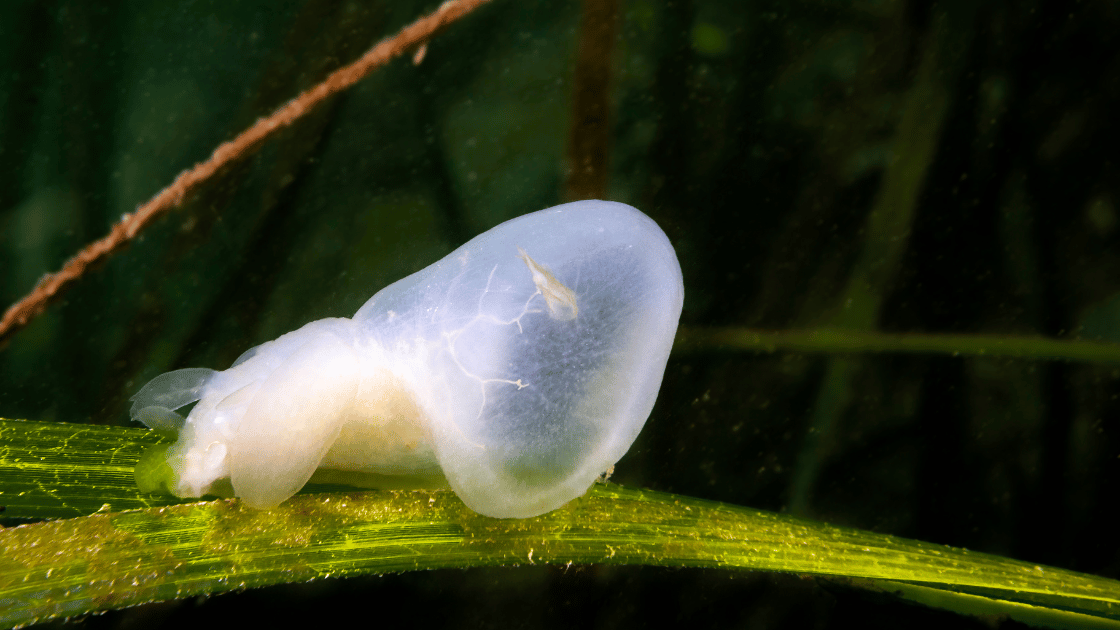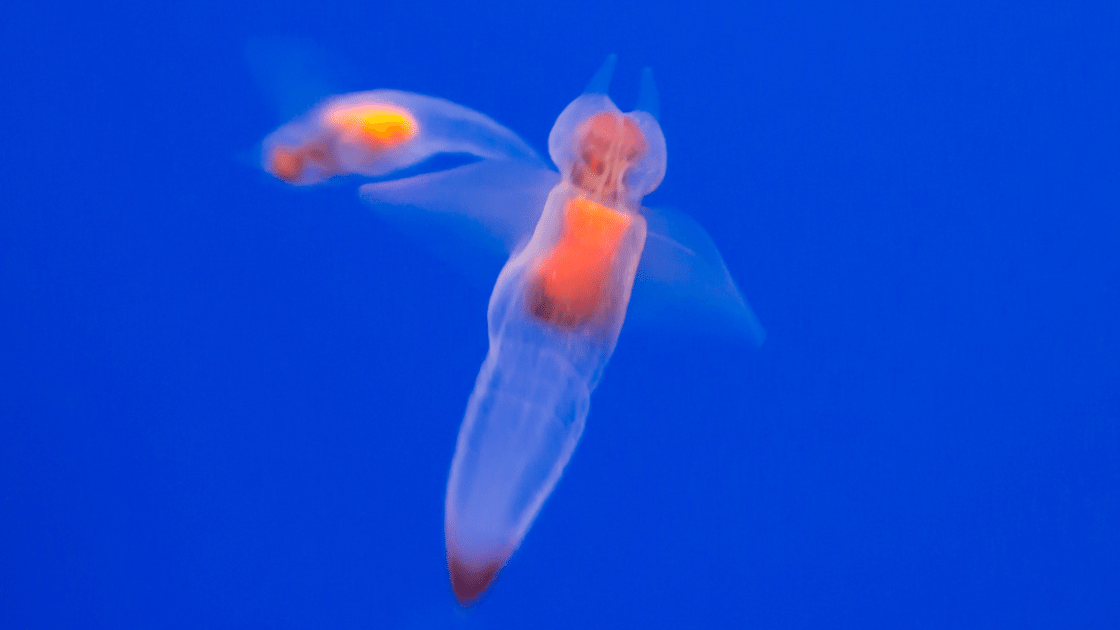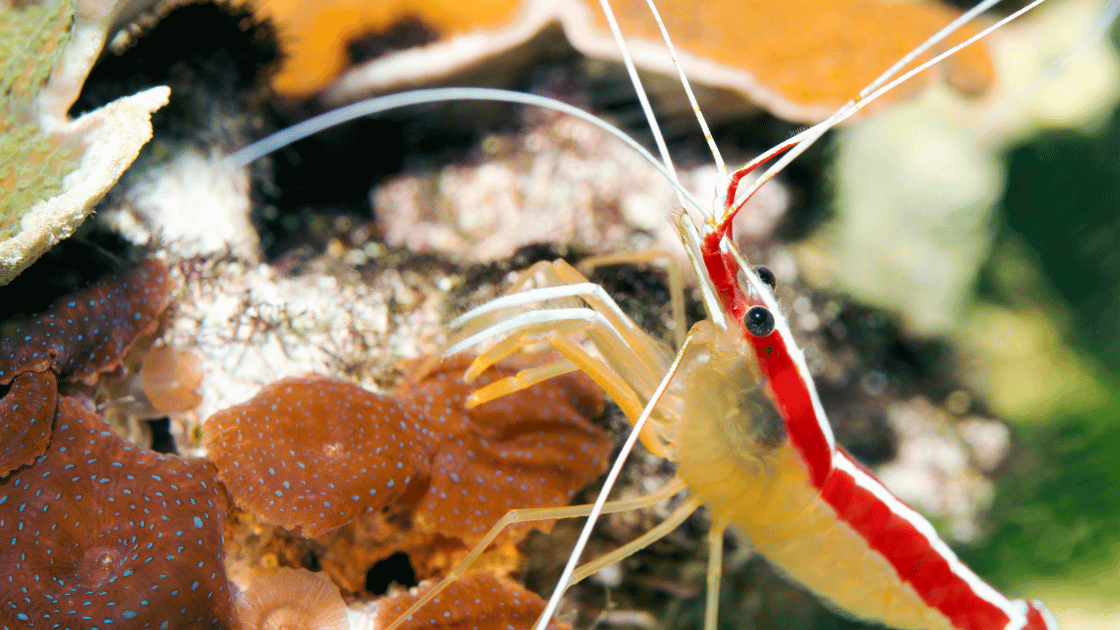They’re about 4in/ 102mm long and feed on plankton and small crustaceans floating in the water. They can be found clinging to kelp and sea grass.


They’re about 4in/ 102mm long and feed on plankton and small crustaceans floating in the water. They can be found clinging to kelp and sea grass.

They can grow up to 2 inches/ 5 centimeters and swim up to 0.22 mph/ 100 mm/s. Sea angels are a type of gelatinous, transparent slug and can swim two times faster than their prey the sea butterfly. The sea butterflies have a protective shell that the sea angel will pull their bodies out of …

Cleaner shrimp clean fish by removing parasites, dead tissue, and mucus from their bodies. This helps the fish in preventing them from getting sick or infested with parasites. These cleaning services help fish stay healthy. Cleaner shrimp benefit as well, since they get access to food that’s otherwise difficult for them to find.

The first Chirodectes maculatus was captured and examined in 1997. This is only the second known documentation of this rare type of jellyfish, Chriodectes. Very little is known about it. Click to learn more about Chirodectes maculatus